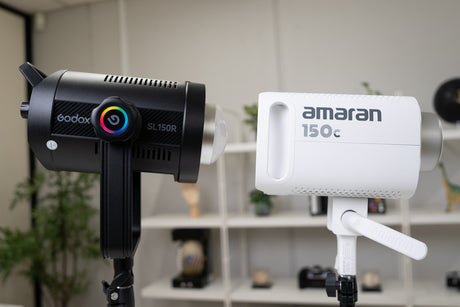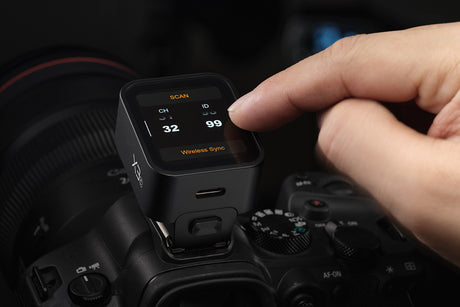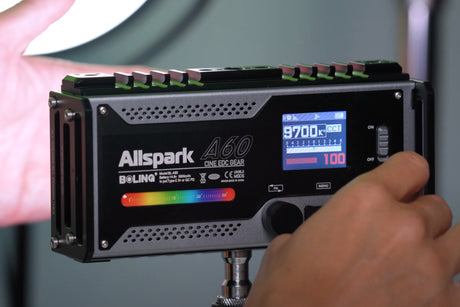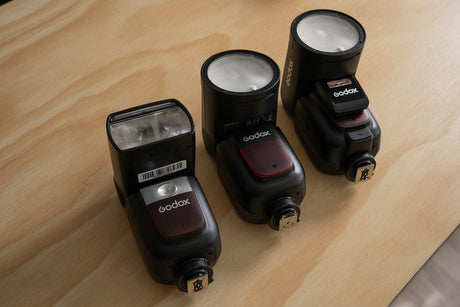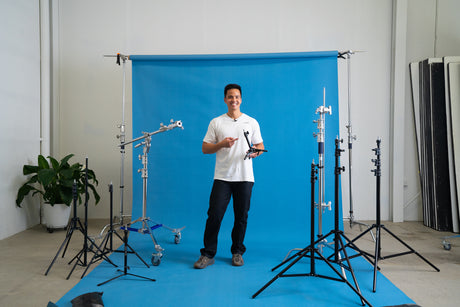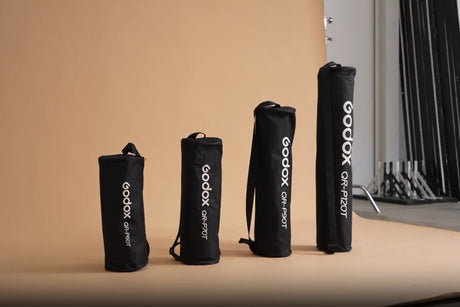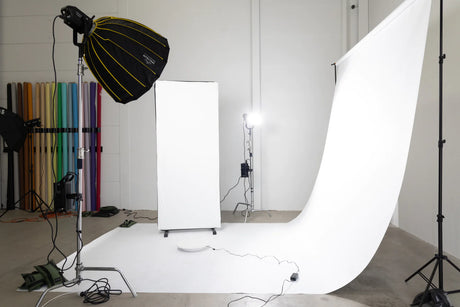If you enjoy traditional photography and are still fairly new to digital media, this article is for you. Here you will find basic information about photography and digital photography.
Long before photography was discovered, artist used a cameras dark chamber or obscuras in Italian. Light would enter the chamber through a small opening called a pinhole and the light would then project an image of the scene onto the opposite wall. At first, large rooms were specially designed to exhibit this “magical” phenomenon; but in the 16th century, Italian artists compressed the size of the chamber to a portable box, replaced the pinhole with a lens, added a mirror to invert the image, and a translucent glass panel to display it. They manually traced the projected image by hand.
Henry Fox Talbot, as well as others, had the idea to capture and reproduce the image directly, and this led to the birth of photography. Despite the drastic changes in technology over the years, the dark box and the lens still form the foundation of modern photography.

View from the Window at Le Gras is a heliographic image and the oldest surviving camera photograph. It was created by Nicéphore Niépce in 1826 or 1827 at Saint-Loup-de-Varennes, France, and shows parts of the buildings and surrounding countryside of his estate, Le Gras, as seen from a high window.

"The Boulevard du Temple" was taken in 1838 by Louis Daguerre from high in his 350-seat Diorama Building at 4, Rue Sanson, where it intersected with the Rue des Marais, and which from the rear looked out roughly southwards over the rooftops towards Boulevard du Temple (since demolished, the place where it stood is at the south side of Rue Léon Jouhaux just off the north corner of Place de la République).[1] The image is one of the earlier Daguerreotypes (invented 1837), and it is thus believed to be the earliest surviving photograph showing a person.[2]
Traditional film photography uses a chemical process to expose and capture images. The camera lens and body allow a prescribed amount of light to come into contact with the film, which is basically a sheet of plastic that has been coated with a light sensitive chemical compound. Once the film is sufficiently exposed to light an invisible picture is formed. When the film is developed, other chemicals are applied and the image then becomes perceptible forming a negative image which then can be enlarged and printed on photographic paper.
In digital photography, however, the film is replaced with a light sensitive electronic device known as an image sensor. These sensors are made up of millions of photoelectric devices that convert light into an electrical signal. The two most common types of image sensors used in digital cameras are CCD (charge coupled device) and CMOS (complementary metal-oxide-semiconductor) sensors.
The strength of the electrical signal depends upon the amount of the light that exposes the image sensor. These electrical signals are then processed through a series of complex electronic circuits and finally stored in some type of internal or external flash memory in a standard image file format such as a JPEG file. (JPEG = Joint Photographic Experts Group). When processed by a computer, these files produce an image which is able to be printed on photographic paper.
Just as camera film is available in different sizes so are digital image sensors. The smaller sensors found in cell phone cameras and small point and shoot cameras generally produces lower quality images than a larger sensor that would be found in a digital single lens reflex (SLR) camera.





